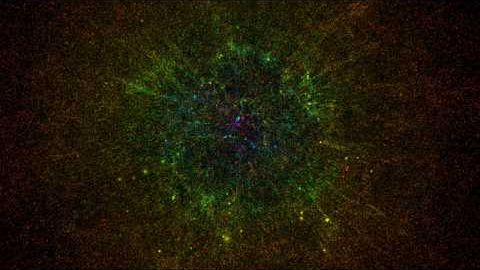
字幕と単語
宇宙はどのくらい広いのか(VERSION 1)? (How Large is the Universe (VERSION 1)?)
00
Wonderful が 2021 年 01 月 14 日 に投稿保存
動画の中の単語
light
US /laɪt/
・
UK /laɪt/
- v.t.火をつける;点灯する : (照明を)つける
- adj.明るい;薄い;軽い;軽い
- n. (c./u.)光;明瞭化;光;照明;信号;表情
- adv.(旅行をするときに)荷物を少なくして
A1 初級
もっと見る time
US /taɪm/
・
UK /taɪm/
- n. (u.)(音楽の)拍子 : テンポ;(時計が指し示す)時刻 : 時間;時間;(ある出来事が起きる)時 : 時点;時;時代 : 時期;時間;所要時間
- v.t.(音楽の)リズムをとる;(~するのに)ふさわしい時を選ぶ;時間を計る;(出来事の最適な時間や時期を)決める
A1 初級TOEIC
もっと見る hot
US /hɑ:t/
・
UK /hɒt/
- adj.怒った : 興奮した;上手な;熱い : 暑い;流行している : 人気のある;セクシーな;(食べ物が)辛い;盗品の : 逮捕される危険性のある
A1 初級
もっと見る エネルギーを使用
すべての単語を解除
発音・解説・フィルター機能を解除
